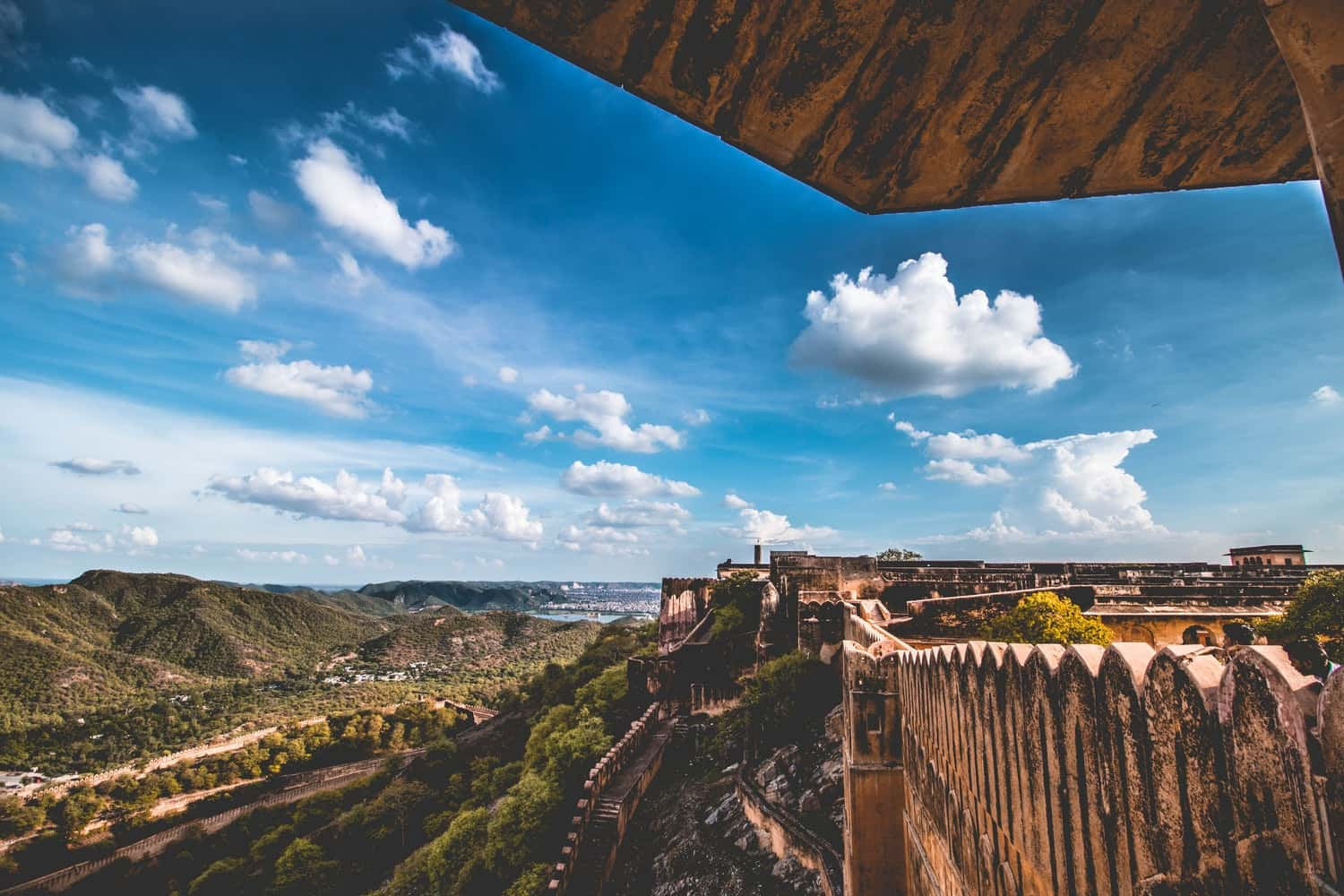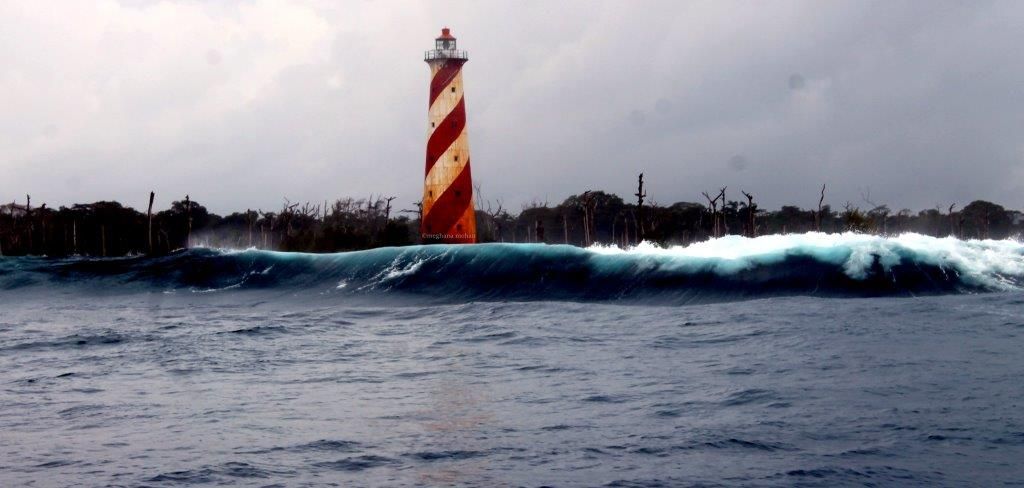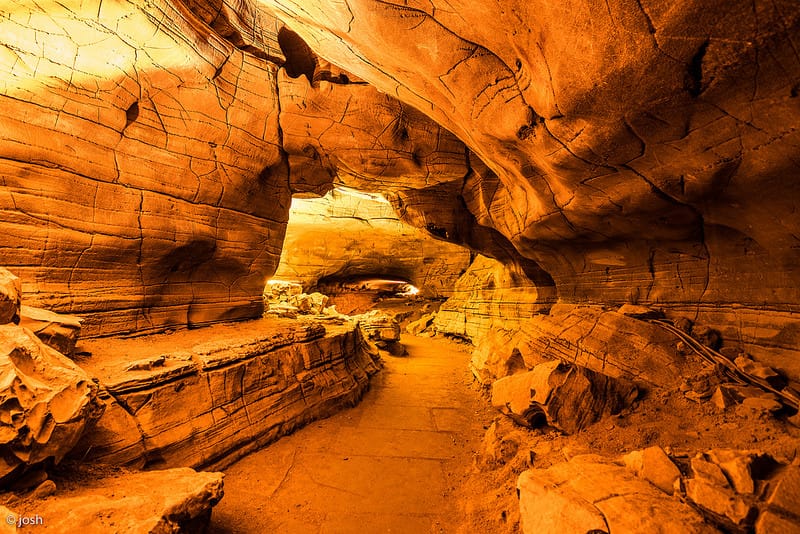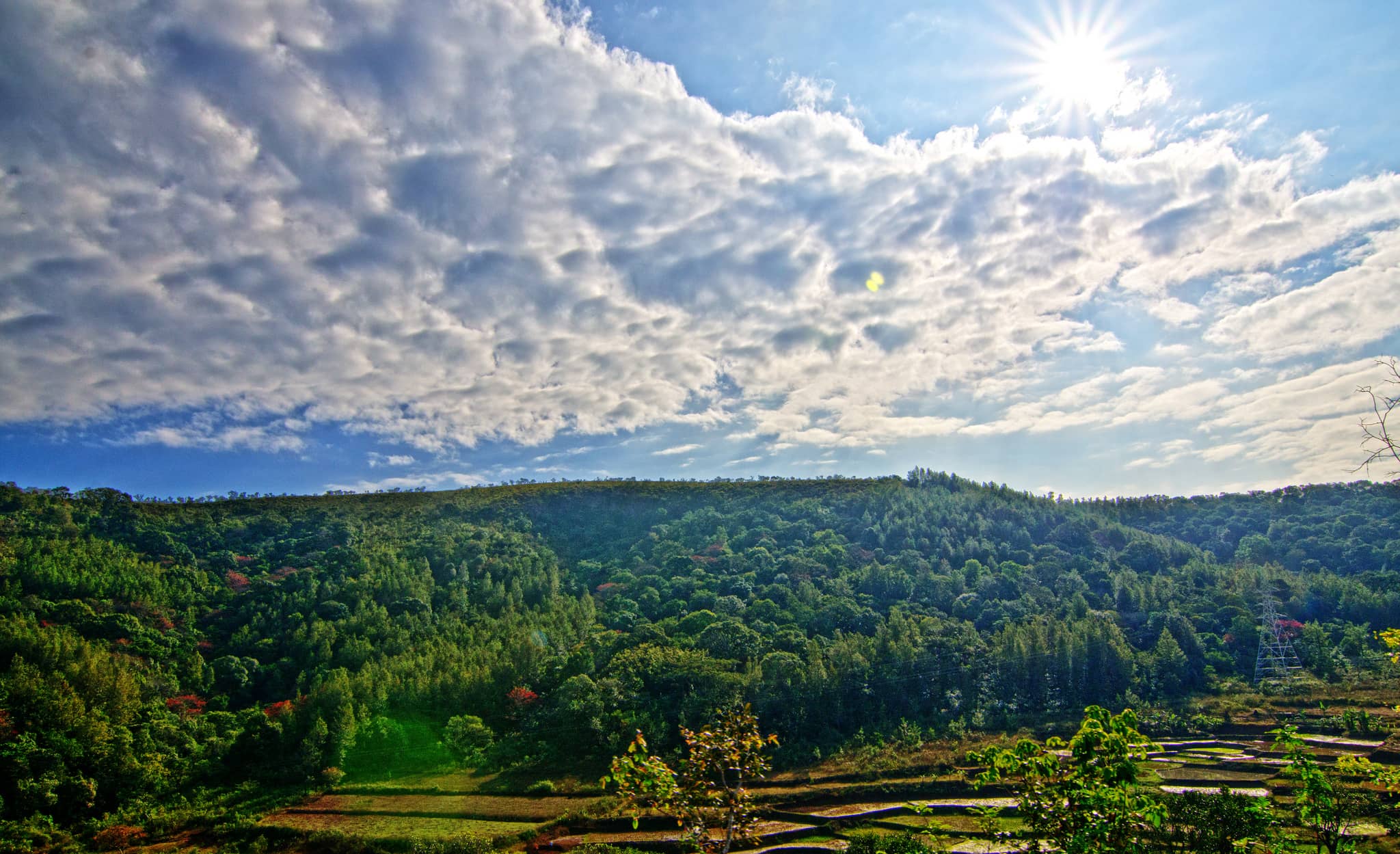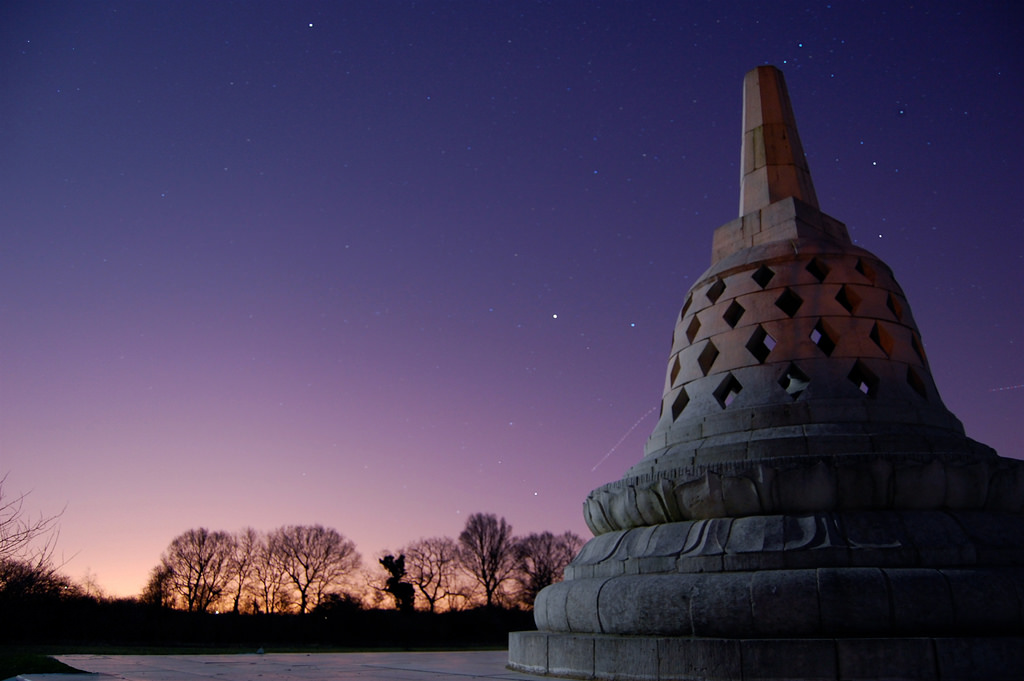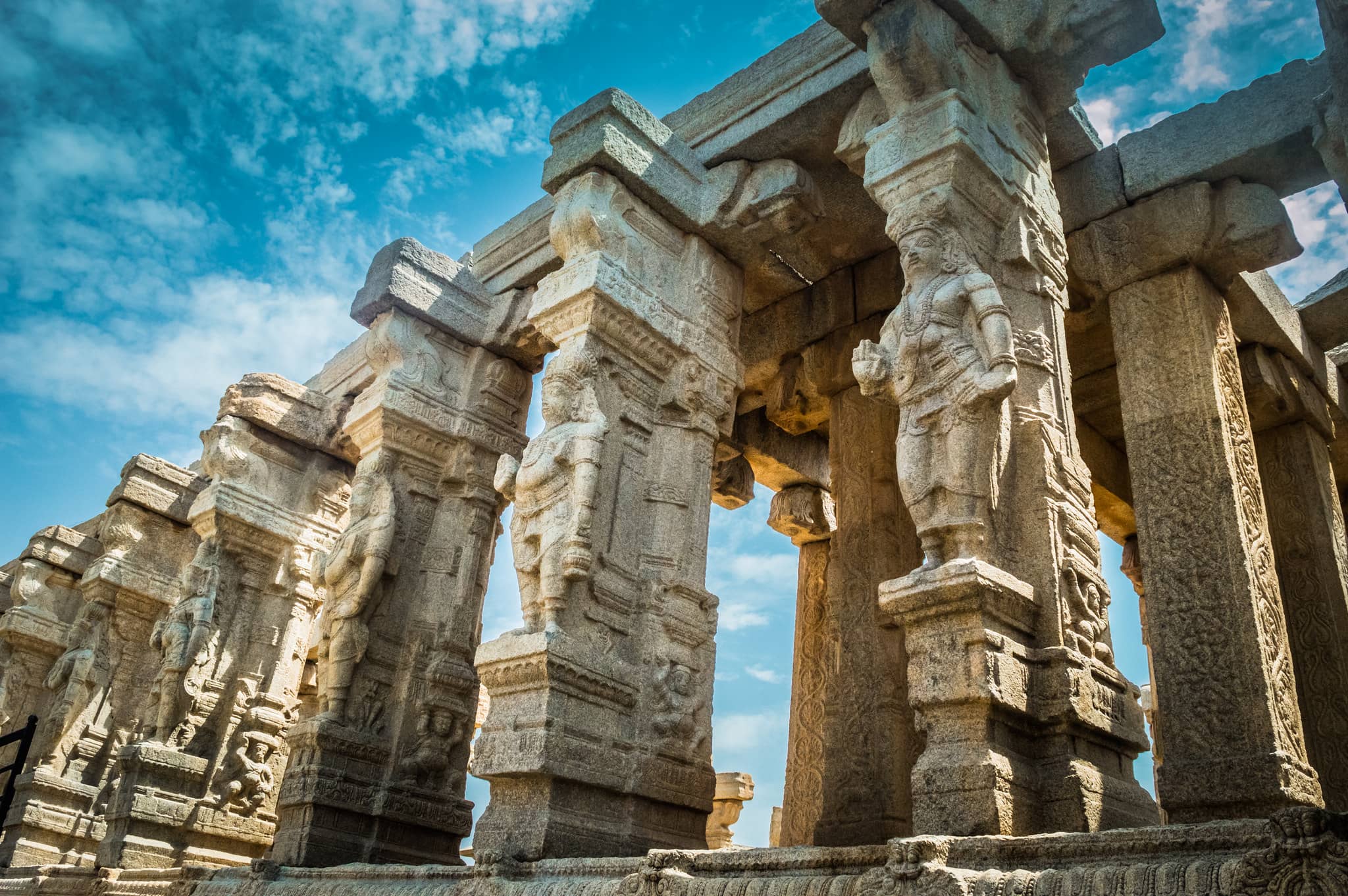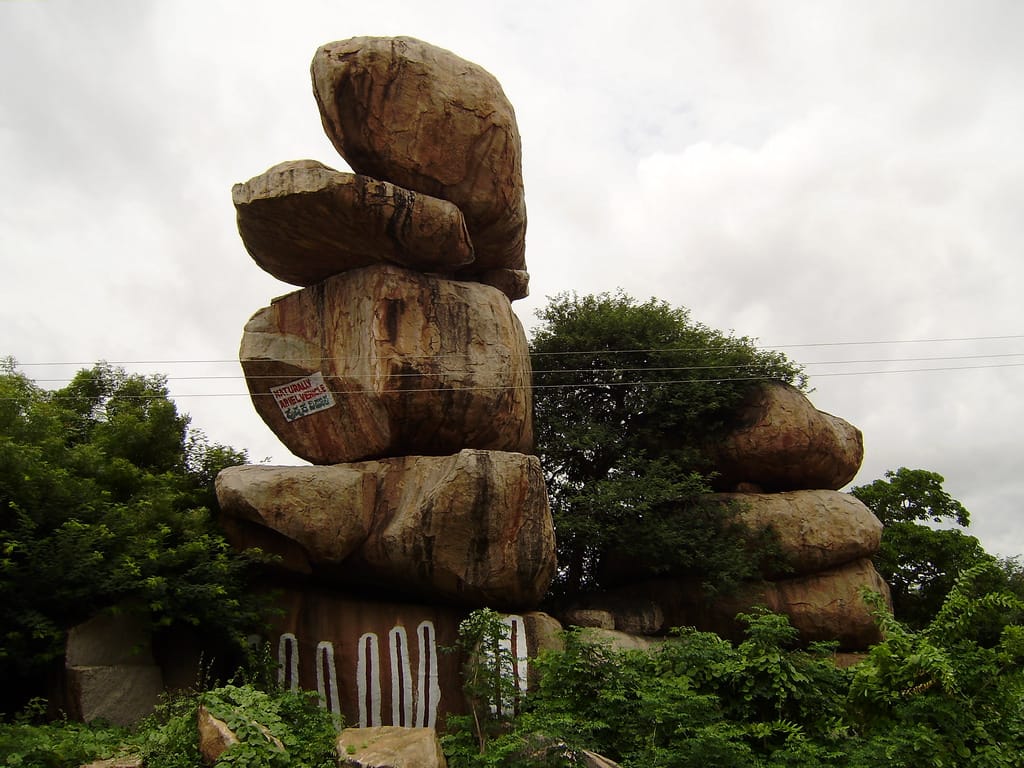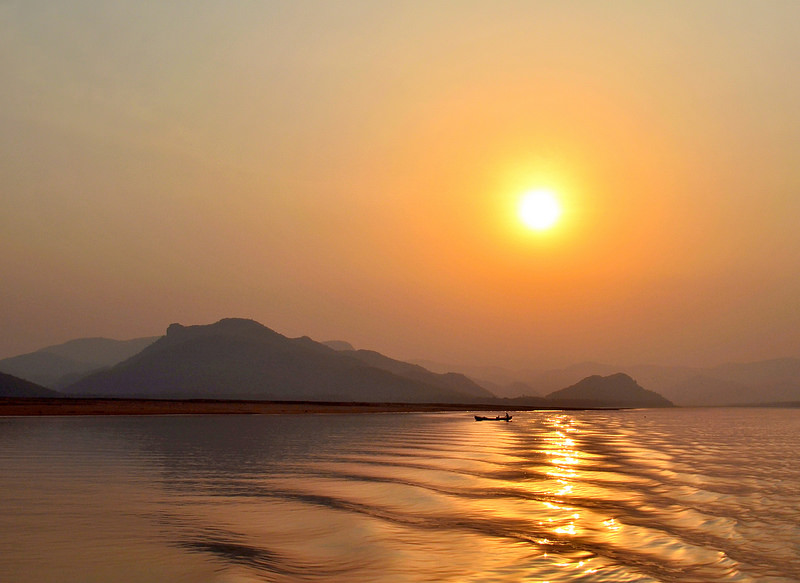Rajasthan is known for its grand palaces and forts, which showcase the region’s royal history. In Jaipur, the “Pink City,” you can visit the 18th-century City Palace and the Hawa Mahal, a palace with a beautiful five-story pink-sandstone facade that once served as a home for royal women. Amer Fort, built by a Rajput prince in the 1500s, sits on a hill nearby. Other notable forts include the massive Chittorgarh Fort, which dates back to the 7th century, and Mehrangarh Fort, with its towering walls overlooking the “Blue City” of Jodhpur.
Udaipur features the impressive City Palace, made of granite and marble, set on the edge of Lake Pichola. Mount Abu is known for its temples, including the stunning Dilwara Jain temples made of marble.
Rajasthan also offers several nature reserves, such as Ranthambhore National Park, where Bengal tigers roam, Keoladeo National Park, famous for migratory birds, and Kumbhalgarh Wildlife Sanctuary, home to leopards and wolves.
Rajasthan – places to visit in Rajasthan
Amer Fort
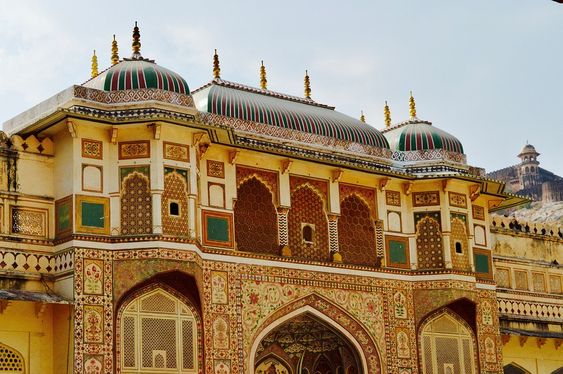
Amer Fort is located in the town of Amer, 11 kilometers away from Jaipur in Rajasthan. The fort sits on a hill, offering stunning views of the surrounding area. It is one of the main attractions in Jaipur, drawing many visitors. Built by Rajput King Man Singh in the 16th century, the fort is known for its impressive architecture and intricate designs. Visitors can explore its many courtyards, temples, and halls. The fort also features the beautiful Sheesh Mahal, a palace made of mirrors.
Hawa Mahal

Hawa Mahal, also known as the “Palace of Winds,” is a unique palace in Jaipur, made of red and pink sandstone. This palace was designed for the royal women of the court to observe street festivals without being seen. It has 953 small windows, known as jharokhas, that allow cool breezes to flow through, making it a perfect summer retreat. The palace is located at the edge of the City Palace and is an iconic landmark of Jaipur. It was built in 1799 by Maharaja Sawai Pratap Singh. The intricate facade is its main attraction.
Jantar Mantar
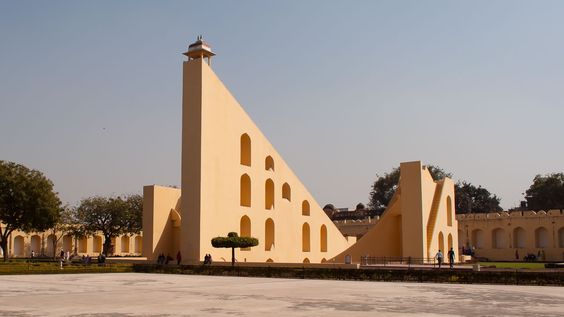
Jantar Mantar in Jaipur is an astronomical observatory built by Maharaja Sawai Jai Singh II in the 18th century. It houses a collection of 19 large instruments that were used to measure time, track celestial bodies, and study the movements of planets. Completed in 1734, it is a UNESCO World Heritage Site and one of the five such observatories built by Jai Singh II. The instruments are still functional and are a testament to the advanced knowledge of astronomy at the time. Jantar Mantar is an impressive blend of science and architecture.
City Palace
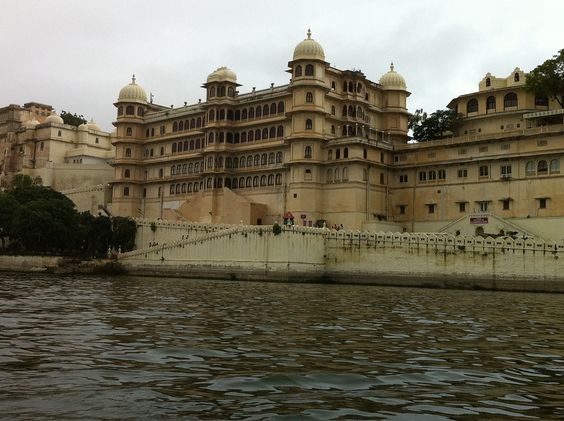
City Palace in Udaipur is a vast and beautiful palace complex built over nearly 400 years. It was the residence of the Mewar rulers, starting with Maharana Udai Singh II, who founded Udaipur in 1559. The palace is a mix of Rajasthani and Mughal architectural styles and features stunning courtyards, gardens, and museums. The complex includes several palaces, like the Chandra Mahal, which is still the royal residence. Visitors can enjoy the intricate paintings, frescoes, and the royal collection of artifacts.
Mehrangarh
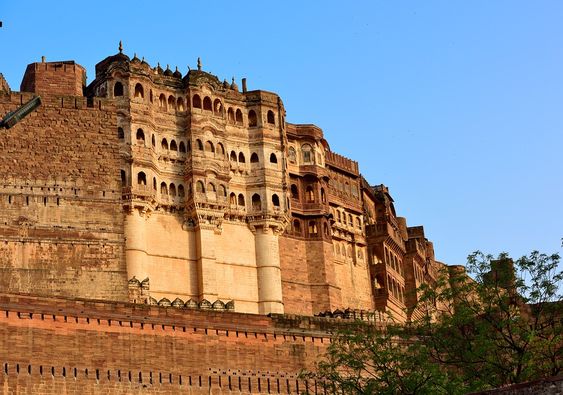
Mehrangarh Fort in Jodhpur is one of the largest and most impressive forts in India. It was built around 1460 by Rao Jodha and stands 410 feet above the city. The fort is known for its massive walls and beautiful architecture. Visitors can explore its various sections, including courtyards, temples, and museums. Mehrangarh offers breathtaking views of Jodhpur, also known as the “Blue City” due to the blue-painted houses. The fort is a symbol of Jodhpur’s rich history and culture.
Jaisalmer Fort
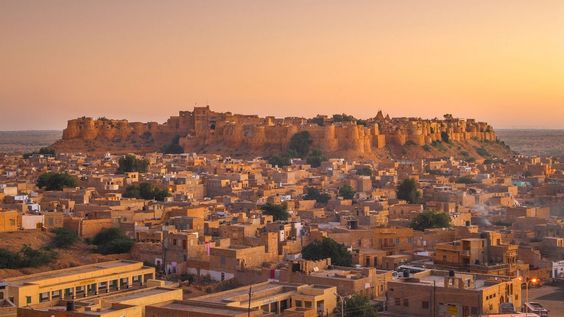
Jaisalmer Fort, also known as Sonar Quila, is a unique fort in the city of Jaisalmer in Rajasthan. Unlike many other forts, it is a “living fort,” with a significant portion of the local population still living within its walls. The fort was built in 1156 AD and is made of yellow sandstone, which gives it a golden appearance, earning it the name “Golden Fort.” It has several temples, palaces, and havelis that visitors can explore. The fort also provides stunning views of the desert landscape surrounding Jaisalmer.
Jaigarh Fort
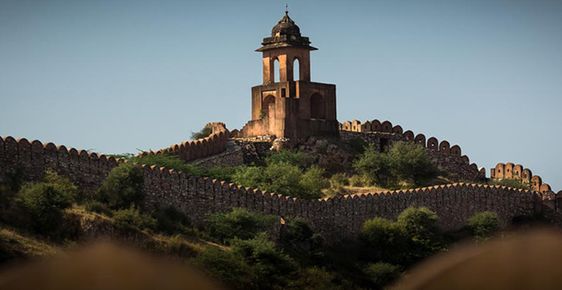
Jaigarh Fort is located on a hilltop called Cheel ka Teela, near the Amber Fort in Jaipur. It was built by Maharaja Jai Singh II in the 18th century to protect the Amber Fort and its treasures. The fort is famous for housing the world’s largest cannon on wheels, called the Jaivana Cannon. It also has impressive defensive structures, including watchtowers and ramparts. From the fort, visitors can enjoy panoramic views of the Amber Fort, Maota Lake, and the surrounding Aravalli hills.
Ranthambore National Park

Ranthambore National Park, located in Rajasthan’s Sawai Madhopur district, is a famous wildlife reserve. Known for its population of Bengal tigers, the park is one of the best places to spot these majestic creatures in the wild. It was once a royal hunting ground, and today it is a popular destination for safaris. In addition to tigers, the park is home to a variety of wildlife, including leopards, crocodiles, and various bird species. The historic Ranthambore Fort, situated within the park, adds to its charm.
Kumbhalgarh
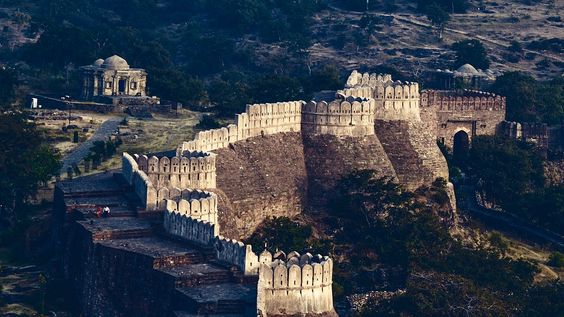
Kumbhalgarh Fort is located in the Rajsamand district near Udaipur. It is a UNESCO World Heritage Site and one of the largest fort complexes in Rajasthan. The fort is known for its massive walls, which stretch over 36 kilometers, making it the second-longest continuous wall in the world after the Great Wall of China. Built during the 15th century, Kumbhalgarh offers incredible views of the surrounding hills. The fort complex includes temples, palaces, and gardens, and is a popular destination for history and architecture enthusiasts.
Nahargarh Fort

Nahargarh Fort is located on the Aravalli hills, overlooking Jaipur. Built in 1734 by Maharaja Sawai Jai Singh II, it was initially constructed to protect the city from invasions. The fort offers beautiful views of Jaipur and its surroundings, making it a popular spot for tourists. Inside the fort, visitors can explore various rooms, including the beautiful glass palace. It is also a great place to enjoy a meal or a drink while taking in the stunning scenery of the Pink City.
Top destinations in Rajasthan
Jaipur
Jaipur, the capital of Rajasthan, India, is known as the “Pink City” due to its unique pink-colored buildings. The city was founded in 1727 by the Rajput king, Maharaja Sawai Jai Singh II. The grand City Palace, with its beautiful gardens and museums, is still partially a royal residence. At the heart of the city, you will also find the stunning Hawa Mahal, a palace designed for royal women. Jaipur is a city full of history, culture, and stunning architecture.
Udaipur
Udaipur, once the capital of the Mewar Kingdom, is known for its picturesque lakes and grand palaces. Founded by Maharana Udai Singh II in 1559, it’s often called the “City of Lakes.” The City Palace, overlooking Lake Pichola, is a vast complex with 11 palaces, gardens, and courtyards. Udaipur is famous for its royal residences, scenic beauty, and intricate architecture, making it a popular tourist destination in Rajasthan.
Jaisalmer
Jaisalmer, located in the heart of the Thar Desert, is known as the “Golden City” because of its yellow sandstone architecture. The Jaisalmer Fort, a massive hilltop citadel with 99 bastions, dominates the skyline. The fort houses the Maharaja’s Palace and Jain temples, with intricate carvings and beautiful designs. Jaisalmer’s unique desert setting and historic buildings make it a remarkable place to visit.
Jodhpur
Jodhpur, also known as the “Blue City” because of its blue-painted houses, is located in the Thar Desert. The city is home to the massive Mehrangarh Fort, built in the 15th century, which overlooks the city. The fort now houses a museum with royal artifacts, paintings, and weapons. Jodhpur’s blend of desert landscapes, royal history, and unique architecture makes it a fascinating destination.
Pushkar
Pushkar is a small town set around the sacred Pushkar Lake, known for its religious significance in Hinduism. The town has numerous temples, including the famous Brahma Temple, dedicated to the god of creation. The ghats of Pushkar Lake are a place of pilgrimage, where visitors can bathe in the holy water. Pushkar is also known for its annual camel fair, a lively cultural event that draws tourists from all over the world.
Mount Abu
Mount Abu, located in the Aravalli Range, is the only hill station in Rajasthan. It offers a cooler climate and beautiful views of the surrounding desert plains. Nakki Lake is a popular spot for boating, and the nearby Dilwara Temples are famous for their intricate marble carvings. Mount Abu is a peaceful retreat and a great destination for nature lovers and those seeking a break from the heat of Rajasthan.
Kota
Kota is a city located along the Chambal River in Rajasthan. The Kota Garh, or City Palace, houses the Maharao Madho Singh Museum, showcasing miniature paintings and antiques. The Chambal Garden, a peaceful spot along the river, is home to crocodiles, and the Jagmandir Palace sits in the middle of Kishore Sagar Lake. Kota is also known for its educational institutions and proximity to the Seven Wonders Park, which features mini replicas of famous monuments.
Bikaner
Bikaner is a desert city in Rajasthan, known for its Junagarh Fort, a grand complex with stunning halls and palaces. The Prachina Museum inside the fort displays traditional textiles and royal portraits. The city is also home to the Karni Mata Temple, known for the many rats that are considered sacred by devotees. Bikaner’s unique blend of history, culture, and religious significance makes it an intriguing place to visit.
Alwar
Alwar is a historic city in Rajasthan, home to the Alwar City Palace, which blends various architectural styles. The city’s Moosi Maharani Chhatri shrine is an impressive structure made of marble and sandstone. Nearby, the Bala Qila fort offers panoramic views of the city. Alwar is also close to the Sariska Tiger Reserve, a famous sanctuary for tigers and other wildlife, making it an ideal destination for nature lovers.
Ajmer
Ajmer is a city in Rajasthan known for the Ajmer Sharif Dargah, the shrine of the Muslim Sufi saint Garib Nawaz. The city also features a 16th-century palace built by Mughal emperor Akbar, which now houses the Ajmer Government Museum. The Mayo College Museum is known for its collection of art and taxidermied birds. Ajmer’s blend of spiritual, historical, and cultural sites makes it an important destination for travelers.
Bharatpur
Bharatpur is a city in Rajasthan known for the Lohagarh Fort, which is surrounded by a moat. The Government Museum inside the fort displays local artifacts and royal history. The Ganga Mandir and Laxman Mandir temples are important religious sites, and Keoladeo National Park, a UNESCO World Heritage site, is a major bird sanctuary that attracts thousands of migratory birds every year.
Mandawa
Mandawa, located in the Shekhawati region of Rajasthan, is known for its historic havelis and forts. The town was once a cultural and social hotspot and is now famous for its fresco-painted havelis. Mandawa offers a glimpse into Rajasthan’s rich heritage through its architecture and murals, making it a unique destination for history and art enthusiasts.
Bundi
Bundi is a picturesque town surrounded by lush orchards and the Aravalli Range. It is known for its forts, palaces, and step wells, offering a fairy-tale quality. The town’s charming location, with rivers and fields of cotton and wheat, adds to its appeal. Bundi’s rich history, architectural wonders, and natural beauty make it a perfect destination for travelers seeking tranquility and culture.
Tonk
Tonk is a town in Rajasthan known for its historical significance and beautiful architecture. Often referred to as “Rajasthan’s Lucknow,” Tonk is home to several famous landmarks, including the historical Fort and Jama Masjid. The town’s cultural richness, along with its famous markets, makes it a fascinating place to explore. Tonk’s blend of history, culture, and nature makes it a hidden gem in Rajasthan.
Barmer
Barmer is a town located in the Thar Desert, known for its rich history and cultural heritage. The Barmer Fort, built on a hill, offers stunning views of the surrounding desert. The town is famous for its handicrafts, particularly block printing and weaving. Barmer’s unique history and vibrant culture make it a fascinating destination for those interested in Rajasthan’s traditional arts and crafts.
Churu
Churu is a desert city in Rajasthan, often referred to as the gateway to the Thar Desert. It is known for its grand havelis with fresco paintings and many small windows. Churu is also home to a religious site of the Nath sect, with life-size marble statues of deities. The town’s historical and cultural heritage, along with its proximity to the desert, make it a unique destination for travelers seeking history and desert landscapes.
Sikar
Sikar is a historic city in Rajasthan, known for its old havelis and educational institutions. The city is a major hub for Rajasthan’s educational sector and is famous for its markets, such as Tabela Market and Jat Bazaar. Sikar’s rich history, along with its cultural and educational importance, makes it an interesting place to visit in Rajasthan.
Best Time To Visit Rajasthan
The best time to visit Rajasthan is from November to February when the weather is pleasant. During this period, temperatures are comfortable for sightseeing and outdoor activities. However, the weather can vary depending on where you are in the state.
Summers, from April to June, can be extremely hot, with temperatures soaring up to 48°C. If you do visit during summer, it’s best to go to cooler places like Mount Abu, Kumbhalgarh, or Ranakpur, where the weather is much more pleasant. In other cities, it’s advisable to explore early in the morning or late in the evening to avoid the midday heat.
The monsoon season, from July to September, brings cooler temperatures and rainfall that makes the desert landscape more beautiful. It’s a good time to visit places like Bundi, Udaipur, and Keoladeo National Park if you prefer fewer crowds and lush green surroundings.
After the monsoon, from October to March, the weather becomes cooler and more enjoyable. The daytime temperatures are mild, but it can get cold at night, sometimes dropping below 0°C in December and January. This is considered the ideal time to visit Rajasthan as the sun isn’t as harsh, and the festive season offers many attractions for tourists.
